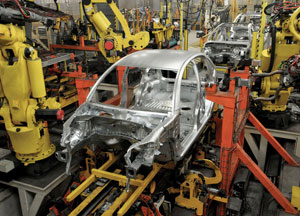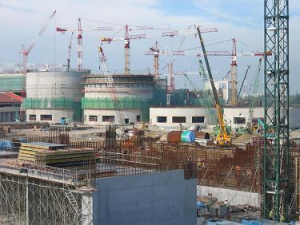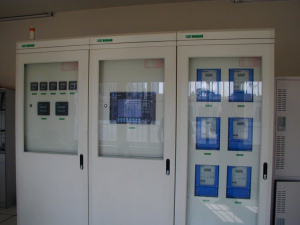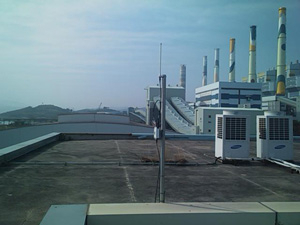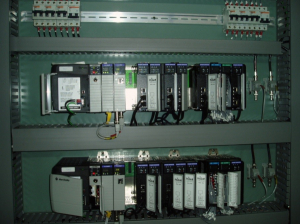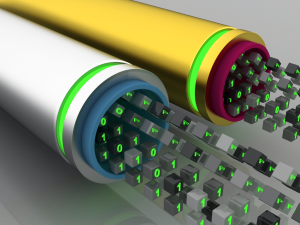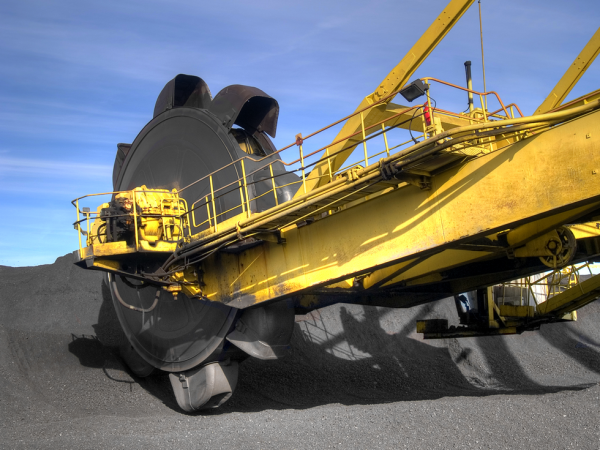Gold Mining in Australia
A mine in Australia is a deposit of very rich copper and zinc and has yielded significant amounts of gold since its opening in 1998. In order to overcome several environmental issues, the ore concentrate needed to be transported 70 km via several large slurry pipelines to the nearest rail link.
There, the ore would be extracted from the water, which is then pumped back to the mine’s site to be recycled. Because of the volumes of critical data generated at the de-watering plant and to ensure that environmental regulations were not breached, it was essential that the field data be continuously transferred to a central DCS system.
The mine is centrally operated using a Yokogawa DCS, while a distributed Allen-Bradley® control system handles control in the field. To integrate the Allen-Bradley controller into the Yokogawa DCS system, Modbus® was selected as the common communication protocol.
Because the Yokogawa DCS system lacked the ability to send the strings necessary to dial a telephone modem, an intermediate "sub-master" A-B system with a ProSoft Technology Modbus communication solution was added at the mine’s site. The communication solution had the added capability of initiating telephone modem dialing built into the product. The sub-master acts as a transparent link between the Yokogawa DCS and the remote A-B controller at the dewatering plant.
In the mine’s sub-master controller, Port 1 on the communication solution is configured as a Modbus Master port with dialing and is connected to a telephone modem. Port 2, configured as a Slave, is connected directly to the Yokogawa DCS. The mine’s processor initiates all Read and Write commands to the remote system at the site 70 km away through the dial-up modem. The Yokogawa DCS, acting as the Modbus Master, simply accesses the data out of the local communication module's memory. To provide additional robustness in the system, a watchdog function was added between the A-B controllers to ensure that the Yokogawa DCS would positively identify a communications failure.
Learn more about ProSoft Technology’s Modbus solutions here.




